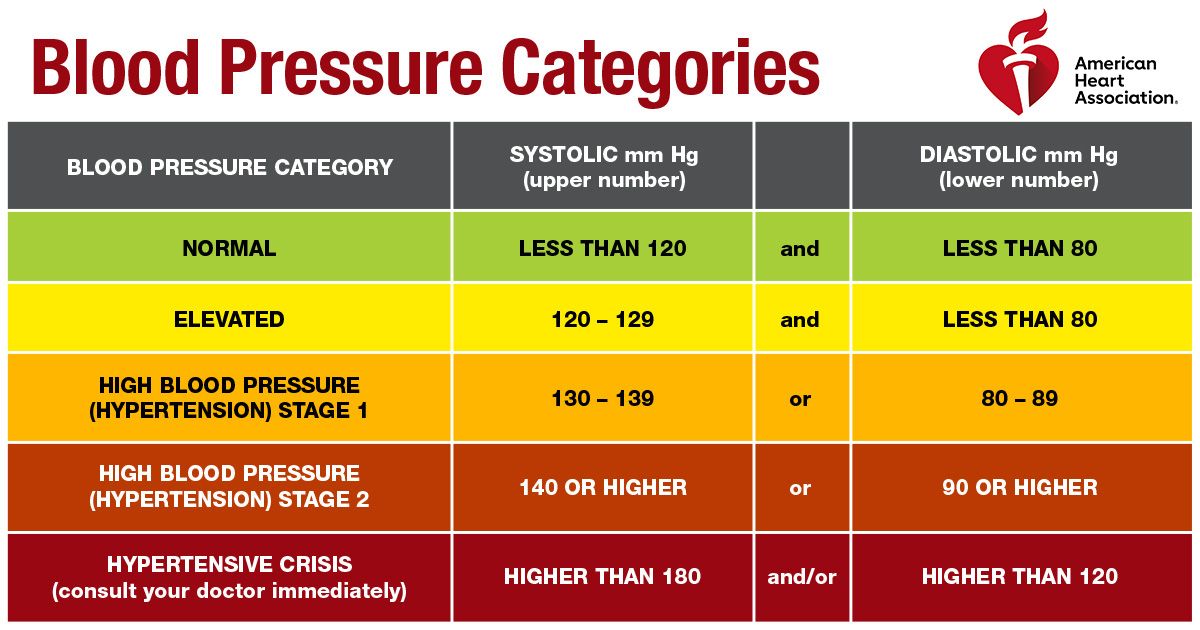
Talk to your doctor if you have any questions or concerns about your blood pressure and whether or not you're at risk for stroke. To find a Summit Medical Group physician near you, click here.
May is both National Stroke Awareness Month and High Blood
Pressure Education month. These months are a time to raise awareness about the
risk factors and symptoms of stroke, and the dangers of high blood pressure.
High blood pressure, also known as hypertension, is a leading cause of
cardiovascular disease and can increase the risk of stroke and heart attack.
You may prevent the risk factors in managing your blood pressure and reducing
your risk of stroke.
Every year, approximately 800,000 people in the U.S. have a
stroke. However, as many as 80% may be preventable with
healthy lifestyle changes and screening for risk factors. During May, Summit
Medical Group would like to raise awareness across Tennessee that stroke is
largely preventable, treatable and beatable.
A stroke happens when normal blood flow in the
brain is interrupted. When parts of the brain don't get the oxygen-rich blood
they need, those cells die. Quick identification and treatment of stroke
improves the chances of survival and recovery.
Learn the warning signs
The list below includes classic signs of stroke. It is
common to only experience some of the symptoms. For example, a person
experiencing numbness and difficulty balancing due to a stroke may not also
have cognitive problems. This may put them off going to the hospital.
If someone experiences any of the following symptoms,
they should seek medical aid as soon as possible:
- problems
talking or understanding others
- numbness
or drooping on one side of the face
- numbness
or weakness on one side of the body
- trouble
walking or balancing
- vision
problems
- a
sharp or severe headache
- dizziness
- trouble
swallowing
Of these symptoms, only the headache is painful. Many people
who have a stroke do not feel any pain.
If a person is unsure whether something is wrong, they may
ignore the other symptoms. However, in cases of a stroke, fast action is
essential. Be aware of all the symptoms and be prepared to call an ambulance if
they appear.
Anyone who may be having a stroke should not drive. Symptoms
may rapidly become worse, and they could harm themselves or others in an
accident.
The Act FAST campaign aims to educate people so that they
can recognize a stroke as soon as possible. This is because the longer a stroke
is untreated, the more damage it can do. Use the acronym F.A.S.T. to identify
the most common signs of stroke:
- Face
Drooping - Does one side of the face droop or is it numb? Ask the
person to smile. Is the person's smile uneven?
- Arm
Weakness - Is one arm weak or numb? Ask the person to raise both
arms. Does one arm drift downward?
- Speech
Difficulty - Is speech slurred or hard to understand? Ask the
person to repeat a simple sentence, like "The sky is blue."
- Time
to Call 911 - If you notice any of these symptoms, even if they
go away, call 911 and get to a hospital immediately. Quick action can save
a life.
If a person cannot lift both arms, smile with both sides of
the mouth, or say a full sentence, it is essential to seek emergency care. Any
of these symptoms can signal a stroke.
A Major — but Manageable — Risk Factor
A large majority of strokes can be prevented. One of the
most effective ways to minimize your risk of stroke is to manage your blood
pressure.
Lowering your blood pressure reduces your risk of
stroke. Nearly half of American adults have high blood pressure. (Many
don't even know they have it.) The best way to know if you have high blood
pressure is to have your blood pressure checked.

- Most
of the time there are no obvious symptoms.
- Certain
physical traits and lifestyle choices can put you at greater risk for
high blood pressure.
- When
left untreated, the damage that high blood pressure does to your
circulatory system is a significant contributing factor to heart
attack, stroke and other health threats.
There are various other risk factors that can increase your risk for
stroke. Some, like age, sex, or family history, can be unavoidable. However,
lifestyle habits such as smoking, diet, exercise levels, stress, and alcohol
consumption can be managed.
A stroke can happen to anyone, even young people. Know the stroke signs, risk factors and how to protect yourself. Talk to your doctor if you have any questions or concerns about your blood pressure and whether or not you're at risk for stroke.
To find a Summit Medical Group physician near you, click here.
